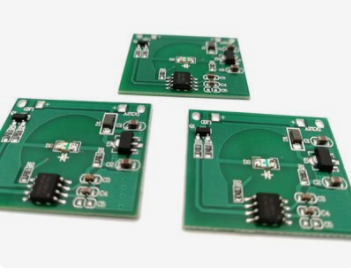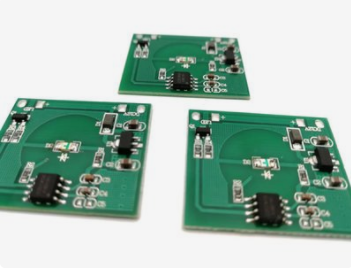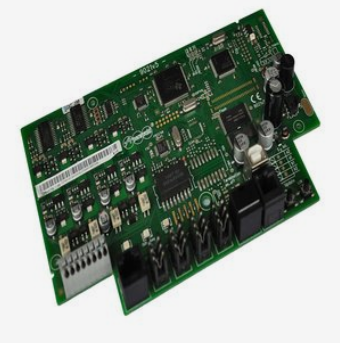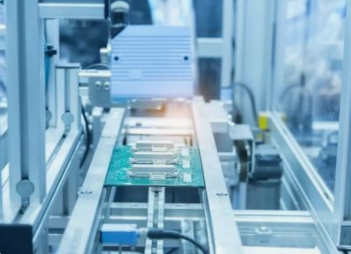
Electroless Plating Copper is commonly known as Copper deposition. Hole metallization is one of the key technologies in PCB manufacturing. Strictly controlling the quality of hole metallization is the premise to ensure the quality of the final product, while controlling the quality of the copper deposit is the key. The daily test control methods are as follows:

1. Determination of chemical copper deposition rate:
The use of electroless copper plating solution has certain technical requirements for copper deposition rate. If the speed is too slow, it may cause holes or pinholes in the hole wall; If the copper deposition rate is too fast, the coating will be rough. Therefore, scientific determination of copper deposition rate is one of the means to control the quality of copper deposition. Taking the thin electroless copper plating provided by Schering as an example, the determination method of PCB copper deposition rate is briefly introduced:
(1) Material: epoxy base material after copper etching, with size of 100 × 100(mm)。
(2) Determination steps: A. Bake the sample at 120-140 ℃ for 1 hour, and then use the analytical balance to weigh W1 (g); B. Corroded for 10 minutes in a mixture of 350-370 g/l chromic anhydride and 208-228 ml/l sulfuric acid (temperature 65 ℃), and washed with clean water; C. Dispose in the waste liquid of chromium removal (temperature 30-40 ℃) for 3-5 minutes, and clean it; D. Conduct pretreatment, activation and reduction in solution according to process conditions; E. Settle the copper in the copper plating solution (temperature 25 ℃) for half an hour and clean it; F. Bake the test piece at 120-140 ℃ for 1 hour to constant weight, and weigh W2 (g).
(3) Calculation of copper deposition rate: rate=(W2-W1) 104 / 8.93 × ten × ten × 0.5 × 2( μ m)
(4) Comparison and judgment: compare and judge the measurement results with the data provided by the PCB process information.
2. Etching liquid etching rate measurement method
Before PCB through-hole plating, the copper foil shall be micro etched to coarsen the microstructure, so as to increase the adhesion with the copper layer. In order to ensure the stability of etching solution and the uniformity of copper foil etching, it is necessary to measure the etching rate to ensure that it is within the range specified by the process.
(1) Material: 0.3mm copper clad foil, degreased, brushed and cut into 100 × 100(mm);
(2) Determination procedure: A. The sample shall be corroded in hydrogen peroxide (80-100 g/L) and sulfuric acid (160-210 g/L) at 30 ℃ for 2 minutes, cleaned with deionized water; B. Bake at 120-140 ℃ for 1 hour, weigh W2 (g) after constant weight, and weigh W1 (g) before corrosion according to this condition.
(3) Etching rate calculation rate=(W1-W2) 104 / 2 × 8.933T( μ m/min)
Where: s - sample area (cm2) T - etching time (min)
(4) Judgment: 1-2 μ M/min corrosion rate is appropriate. (270-540mg copper corrosion in 1.5-5 minutes).
3. Test method of glass cloth
In the process of hole metallization, activation and copper deposition are the key processes of electroless plating. Although qualitative and quantitative analysis of ionic palladium and reducing solution can reflect the activation reduction performance, the reliability is not as good as that of glass cloth test. The conditions for copper deposition in glass cloth are the most rigorous, which can best show the properties of activation, reduction and copper precipitation solution. The introduction is as follows:
(1) Material: Desizing glass cloth in 10% sodium hydroxide solution. And cut into 50 × 50 (mm), remove some glass fibers at the ends of the four sides to disperse the glass fibers.
(2) Test steps: A. Treat the sample according to PCB copper deposition process procedure; B. Put the glass cloth into the copper plating solution, and after 10 seconds, the end of the glass cloth shall be completely copper plated in black or dark brown. After 2 minutes, it shall be completely copper plated, and after 3 minutes, the copper color shall be deepened; For thick copper, the end of glass cloth must be completely copper plated 10 seconds later, and copper plated 30-40 seconds later; C. Judgment: If the above copper deposition effect is achieved, it indicates that the activation, reduction and copper deposition performance are good, but the reverse is poor.
In a word, the above is about the introduction of PCB copper deposition quality control methods in PCB manufacturing technology









